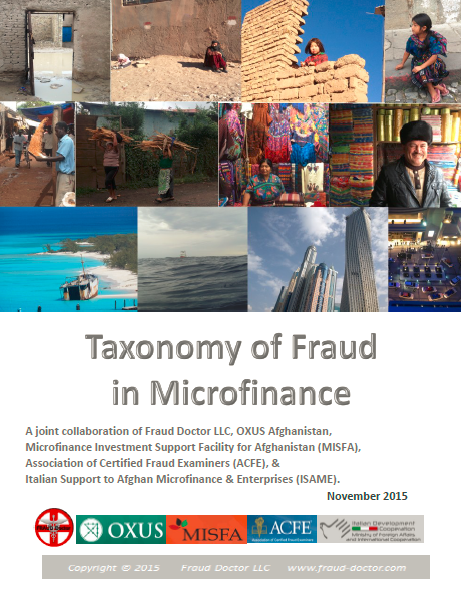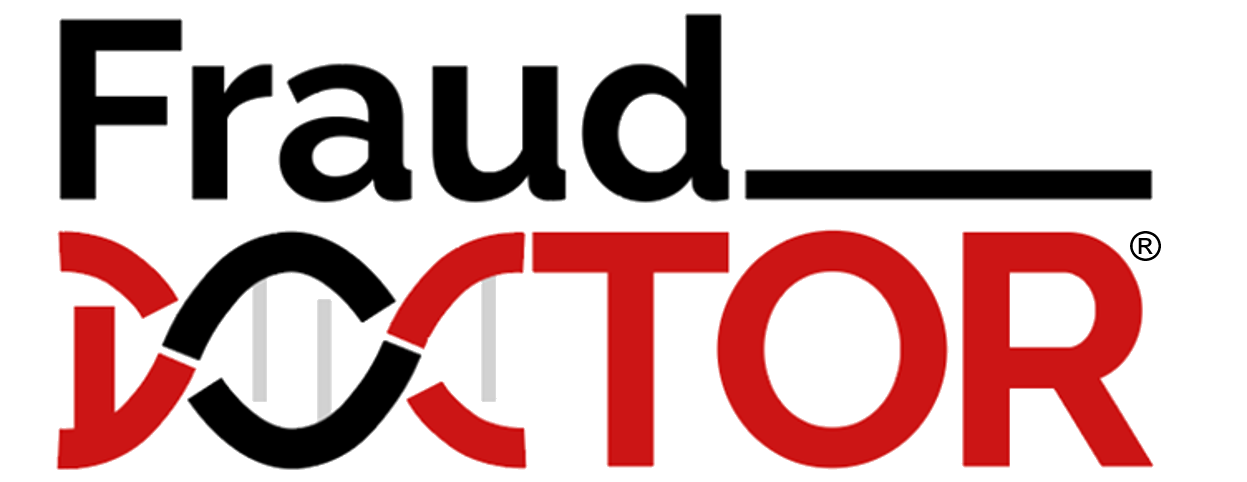 Taxonomy of Fraud in Microfinance
Taxonomy of Fraud in Microfinance
Background
One of the challenges we face in the antifraud industry is the lack of congruity between various thought leaders in how we define fraud and its many schemes. Each industry group or academic expert added great value to the advancement of the antifraud field. However, while every new distinction created a little more clarity, they all seemed to be inputs into a larger equation of the dynamic nature of what we face on a daily basis. In an effort to create a standardized fraud classification system that would apply across all fraud schemes, the Framework for a Taxonomy of Fraud was published by the Stanford Center on Longevity in July of 2015. It really was the first time a coding scheme was attempted that would allow for the vast universe of fraud schemes whether it be against an individual or an organization, from an insider threat such as from occupational fraud, against the public or private sector, or even industry specific fraud schemes.
The ability to have a common language and classification system across the fraud landscape affords us the opportunity to consistently measure fraud events so that we can begin to glean important information from more sophisticated data analysis. Having everyone on the same page gives us more data to analyze since the criteria for the inputs are alike when reporting fraud events. Being able to compare trends for the creation of industry & geographic baselines allows for the determination of risk appetite, tolerance levels (+/- %), key risk indicators (KRIs), identification of anomalies, and the development of predefined management actions and communication strategy in response to exception reporting. Organizations can now begin to shift from a purely reactionary response to a proactive model where prevention is the focus. The taxonomy of fraud is the first step in that process.
In addition to improvements in data analysis, the taxonomy provides advancement in the investigative component of an antifraud program. In general, as an investigator, if you know what scheme is likely involved, you know which people to interview based on who had access to those assets, you know what questions to ask, what data to analyze, the tests to run against that data, which documents to review, and the rest just falls into place. The scheme is the driving force behind what elements are required in terms of evidence to substantiate or refute allegations of fraud in court. That determines what must be addressed in the investigative report. It also provides a backdrop for training design related to investigators as well as fraud awareness training for business units (employees), clients and suppliers. It even affects the reporting mechanisms for suspicion of fraud.
This report is a collaborative effort to create and define the taxonomy for fraud related to the microfinance industry. It is our hope that it will be the springboard for the industry to foster collaboration in antifraud efforts and of global analysis of aggregate data so that together we can take a stand against fraud.
Click here to download the entire report.
For more information about the Taxonomy of Fraud in Microfinance or to request a training session on the taxonomy and its application, contact Alexis by email at alexis.bell@fraud-doctor.com.
